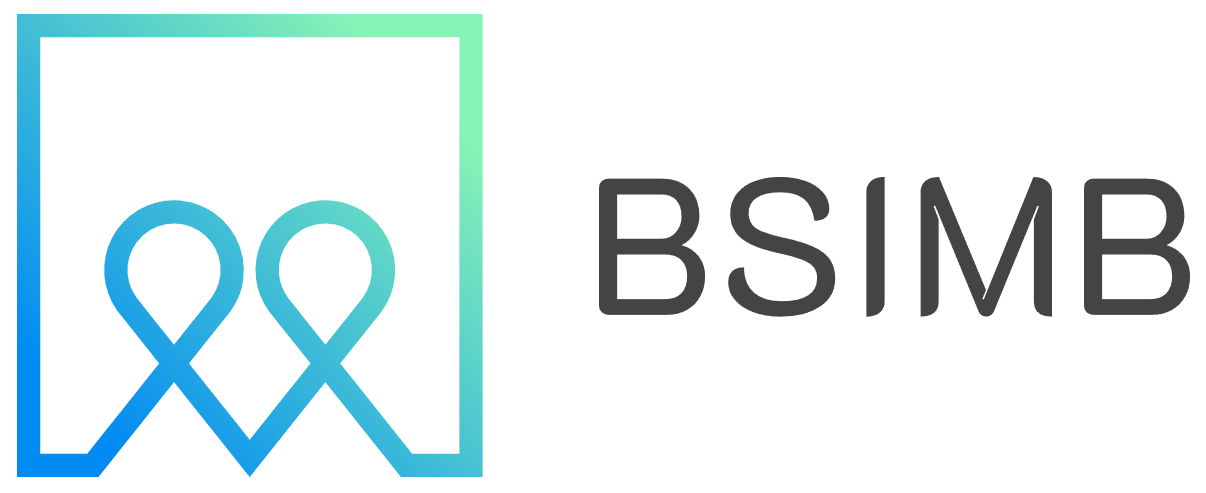A calendar is one of the most practical features you can add to a website. Whether you want a simple HTML calendar, a dynamic event calendar for a community site, or a custom HTML calendar widget, you can easily achieve it with basic HTML and CSS — and add JavaScript for extra interactivity if needed.
Why Add a Calendar to Your Web Page?
Calendars help organize and display dates, events, schedules, or availability in a clear, visual format. They can serve many purposes:
-
Event calendars to showcase upcoming activities.
-
Booking calendars for appointments or reservations.
-
Content calendars for publishing schedules.
-
Interactive HTML calendar widgets to enhance user experience.
From personal blogs to corporate websites, integrating a web page calendar template can improve both usability and engagement.
Basic HTML Structure for a Calendar
The simplest way to start is by using an HTML table calendar. Each row represents a week, and each cell represents a day. Here’s a very basic HTML code for a calendar:
This simple HTML calendar code can be styled with CSS to match your site’s design.
Styling Your HTML Calendar with CSS
CSS calendars can be as minimal or as decorative as you want. Here’s a quick example:
With this styling, your HTML table calendar becomes more readable and visually appealing.
Adding Events to Your HTML Calendar
For an HTML calendar of events, you can add a <span> or <div> inside each <td> to display event titles. For example:
Then, style the .event class in CSS to make it stand out. If you need interactive features like clicking on a date to view event details, JavaScript or a library like FullCalendar can be integrated.
Using HTML Calendar Templates and Widgets
If you want to save time, you can use a ready-made HTML calendar template or embed a calendar widget from a third-party service like Google Calendar. These templates often come with built-in event calendar code in HTML and CSS, so you only need to adapt the styles and content to your needs.
Personal Tip from My Experience
When I first tried making a calendar in HTML for a client’s event page, I underestimated how quickly the table layout could become hard to manage. My advice: start with a simple calendar HTML code, test the layout, and only then add custom features like hover effects, event tags, or a color-coded legend. Keeping your HTML coding calendar clean from the start makes it much easier to update later.
Final Thoughts
Whether you want to create a calendar in HTML from scratch or use an HTML event calendar code template, the process is straightforward. Begin with a simple HTML table calendar, style it with CSS, and enhance it with events or interactivity. With the right approach, your HTML CSS calendar will not only display dates but also add real value to your website visitors.
